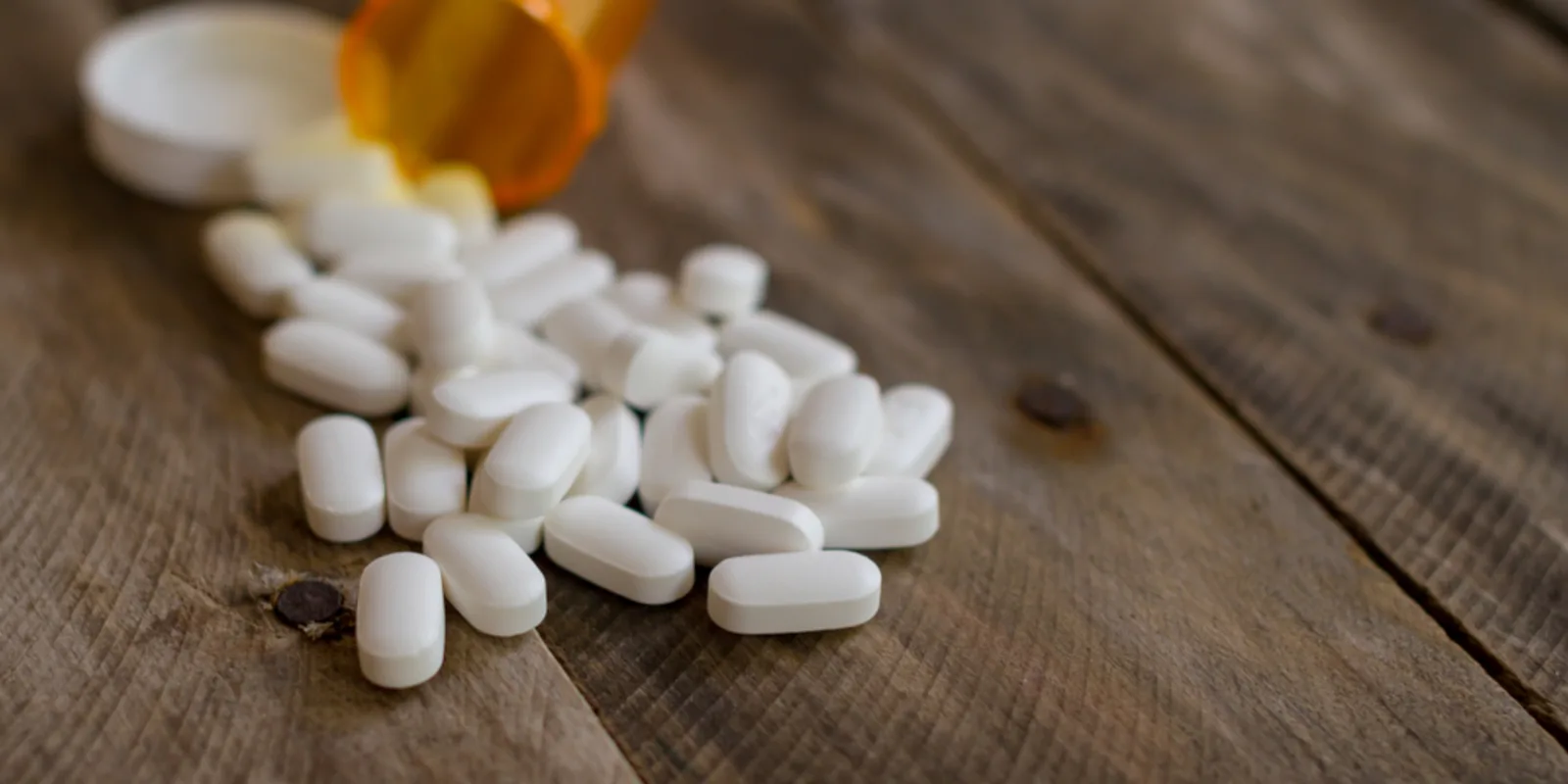
If you think you or your loved ones are immune to opioid misuse, think again. Opioid addiction can affect us all. It's blind to gender, race, and age. It has no boundaries.
While not all patients who use opioids will become addicted, many patients will experience a pathologic drive for escalating opioid use over time. This drive may persist despite negative personal, social, occupational, and relational outcomes. This is addiction, a disease process with myriad psychological and physical manifestations.
Still, I'm hopeful. I'm hopeful because people like you are taking the time to read this. I'm hopeful because communities are coming together to address the issue head on. I'm hopeful because it's not too late to change the narrative.
I've traveled around the country to discuss how we can work together to end this epidemic. My latest stop was BioOhio's Neuroscience Discovery & Alternatives to Opioids conference, where I shared some of the things we're doing in my corner of Ohio to both prevent addiction and give hope to those fighting the disease.
In Cleveland, we've brought together five hospital systems to collaborate on the Northeast Ohio Hospital Opioid Consortium, which I help lead as the physician chair. Members of the consortium are working together to both treat the disease of opioid addiction and reduce its spread.
Where I work at University Hospitals (UH), we're taking a 360-degree approach to this issue. Ideally, we want to prevent addiction. At the same time, we recognize that, for many, that option has passed. In those cases, we treat addiction like the disease it is. We provide compassionate care to help people recover. We're here to treat their individual symptoms. We're here to give them–and their loved ones–hope that this isn't where their story ends.
In terms of prevention, we're enhancing the safety of opioid prescribing through education, awareness, and accountability. This comes to life through a comprehensive and holistic approach to pain management for patients and prescribers alike. We work to ensure that prescribers are educated and attuned to delivering the most compassionate and appropriate methods for managing their patients' pain. Clinicians also encourage their patients to consider non-opioid options like radiofrequency ablation, acupuncture, massage therapy, music therapy, yoga, and more.
If you're a patient, know that opioids aren't your only option. But when they are, please talk to your clinician about how to use them in the safest way possible. Carefully control your supply and always properly dispose of any opioids you don't use.
Finally, if you know someone who's struggling with addiction, understand that it is a disease and help them seek treatment. And when seeking treatment, look for these key things:
- A comprehensive approach that addresses medical, psychosocial, and behavioral health concerns.
- Individualized care that includes a range of services such as inpatient or outpatient detoxification, treatment of medical complications related to addiction, individual and group therapy to address underlying issues, and referrals to social services for assistance with problems such as job placement or financial counseling.
This approach works. Through immediate identification and treatment of opioid addiction, starting with effective inpatient withdrawal monitoring and medically assisted treatment, more UH patients are being linked to continued outpatient addiction care than ever before. By being helpful—and remaining hopeful, you can make a big difference and help stem the tide of this horrible epidemic.
Dr. Randy Jernejcic, MD, MMM, Chair of University Hospitals' Patient Safety Opioid Steering Committee and the Physician Chair of the Northeast Ohio Hospital Opioid Consortium, is a physician executive with expertise in driving collaboration with clinical leaders across the healthcare continuum to implement solutions that advance care standards and enhance patient safety. Through the facilitation of best practice-sharing and increasing educational programming, Dr. Jernejcic leads teams that are increasing awareness and accountability and driving meaningful change in the war against opioid overuse.







